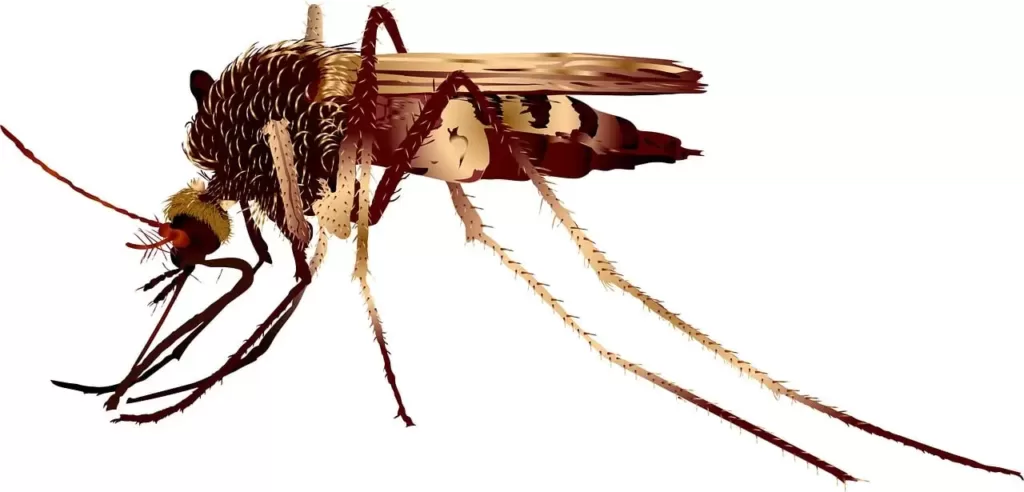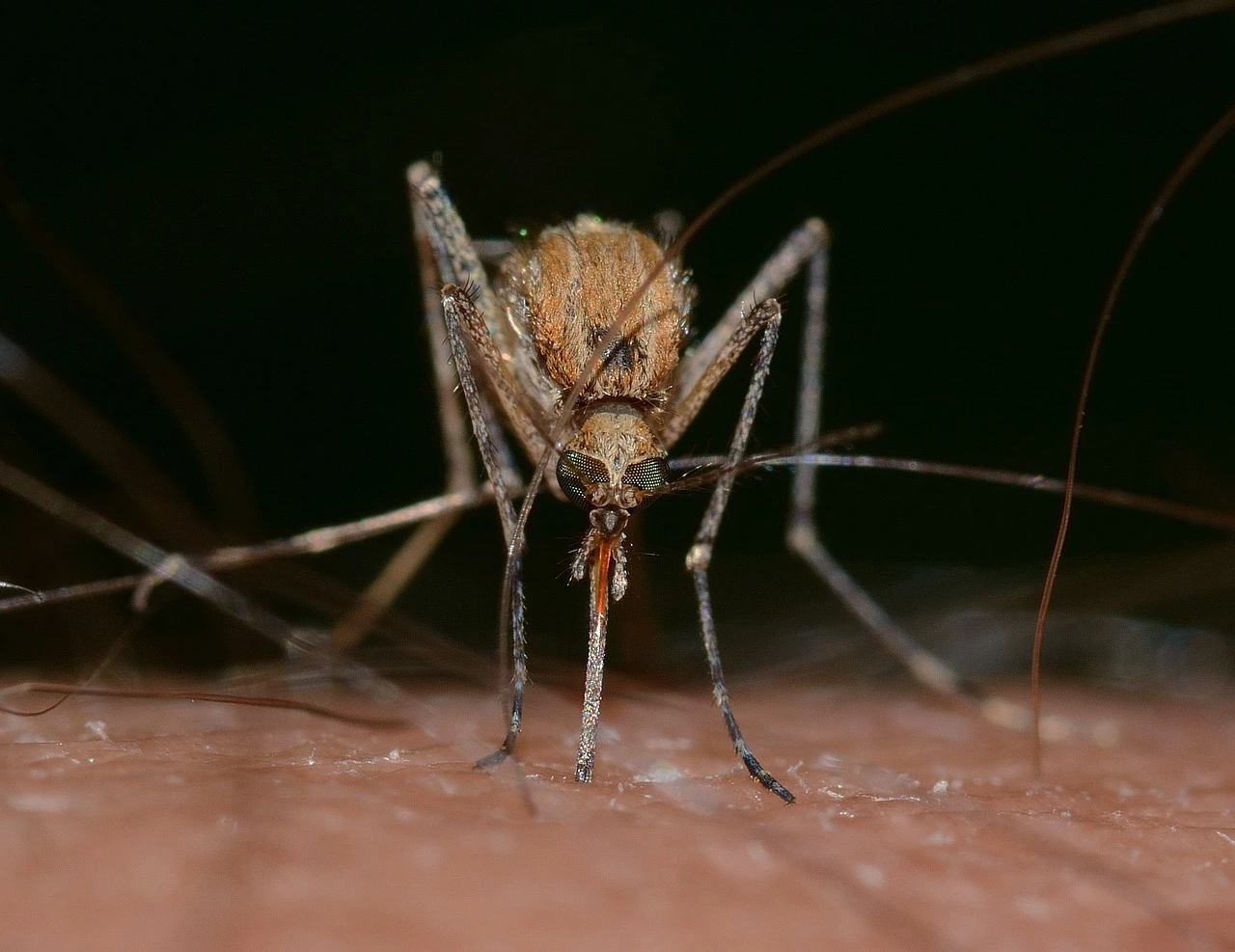Imagine a peaceful night’s sleep, undisturbed by the annoying buzz of mosquitoes. Imagine waking up refreshed and rejuvenated, knowing that you’re safe from the threat of malaria. This is the power of mosquito nets – a simple yet incredibly effective tool in the fight against one of the world’s deadliest diseases. In this article, we’ll explore the vital role of mosquito nets in malaria prevention, how they work, and why they are a crucial component of public health initiatives.
Table of Contents
Introduction
Malaria, a life-threatening disease caused by parasites transmitted through the bites of infected mosquitoes, continues to be a major global health concern. While significant progress has been made in reducing its prevalence, millions still suffer from its devastating effects. One of the simplest yet most effective tools in combating malaria is the humble mosquito net.
Understanding Malaria
Malaria doesn’t discriminate – it affects people of all ages, particularly in tropical and subtropical regions. The disease can cause high fever, chills, flu-like symptoms, and in severe cases, it can lead to organ failure and death. Vulnerable populations, such as children and pregnant women, are at a higher risk of complications.
The Role of Mosquitoes in Malaria Transmission
Female Anopheles mosquitoes are the carriers of the Plasmodium parasite, which causes malaria. When an infected mosquito bites a person, it transfers the parasite into their bloodstream, initiating the infection.
What Are Mosquito Nets?
Mosquito nets are protective barriers made from fine mesh-like materials. They are designed to create a physical barrier between people and disease-carrying mosquitoes, providing a safe space to sleep and rest without the constant threat of mosquito bites.
How Do Mosquito Nets Work?
Mosquito nets work by creating a physical obstacle that prevents mosquitoes from coming into direct contact with individuals. The fine mesh holes are small enough to keep mosquitoes out while allowing air circulation and visibility.
Effectiveness of Mosquito Nets in Malaria Prevention
Research has shown that proper and consistent usage of mosquito nets can significantly reduce malaria transmission rates. In areas where nets are widely used, there has been a notable decline in malaria cases.
Types of Mosquito Nets
Different types of mosquito nets are available, including bed nets, insecticide-treated nets (ITNs), and long-lasting insecticidal nets (LLINs). ITNs and LLINs are particularly effective as they are treated with insecticides that repel and kill mosquitoes.
Proper Usage and Maintenance of Mosquito Nets
To maximize the effectiveness of mosquito nets, proper usage and regular maintenance are essential. Nets should be inspected for holes and tears and repaired or replaced as needed. Sleeping under nets every night ensures consistent protection.

Image by Sylvester Ukut from Pixabay
The Global Impact of Mosquito Nets
The distribution of mosquito nets in high-risk areas has been a cornerstone of global malaria prevention efforts. Organizations and governments have come together to provide nets to vulnerable populations, saving countless lives in the process.
Challenges in Distributing Mosquito Nets
Despite the benefits, there are challenges in distributing mosquito nets to remote and underserved areas. Overcoming logistical hurdles and ensuring that nets reach those who need them most requires innovative strategies.
Innovations in Mosquito Net Technology
Advancements in technology have led to the development of more durable and user-friendly mosquito nets. These innovations aim to make nets more accessible and effective, further bolstering malaria prevention efforts.
Community Engagement and Education
Successful malaria prevention initiatives involve community engagement and education. Teaching people how to properly use and maintain mosquito nets, as well as raising awareness about the importance of malaria prevention, contributes to their effectiveness.
Government and Non-Profit Initiatives
Governments and non-profit organizations play a vital role in distributing mosquito nets and implementing malaria control programs. Collaborative efforts ensure that resources are efficiently utilized to reach as many people as possible.
A Holistic Approach to Malaria Prevention
While mosquito nets are a powerful tool, a holistic approach to malaria prevention is essential. This includes improving healthcare infrastructure, developing vaccines, and addressing socioeconomic factors that contribute to the spread of the disease.
Conclusion
In the battle against malaria, mosquito nets stand as a beacon of hope. They provide a simple yet effective means of protection against a disease that has plagued humanity for centuries. By prioritizing the distribution, education, and proper usage of mosquito nets, we can bring about a future where malaria is no longer a widespread threat.
FAQs
- Are mosquito nets only effective against malaria? No, mosquito nets also offer protection against other mosquito-borne diseases like dengue and Zika.
- Can mosquito nets be reused? Yes, mosquito nets can be reused for an extended period with proper care and maintenance.
- Do mosquito nets have any side effects? When used correctly, mosquito nets have no harmful side effects on human health.
- Are there alternatives to insecticide-treated nets? Yes, other methods like indoor residual spraying can complement the use of mosquito nets.
- How can I contribute to malaria prevention efforts? You can support organizations that distribute mosquito nets, raise awareness, and advocate for better healthcare infrastructure in at-risk areas.

